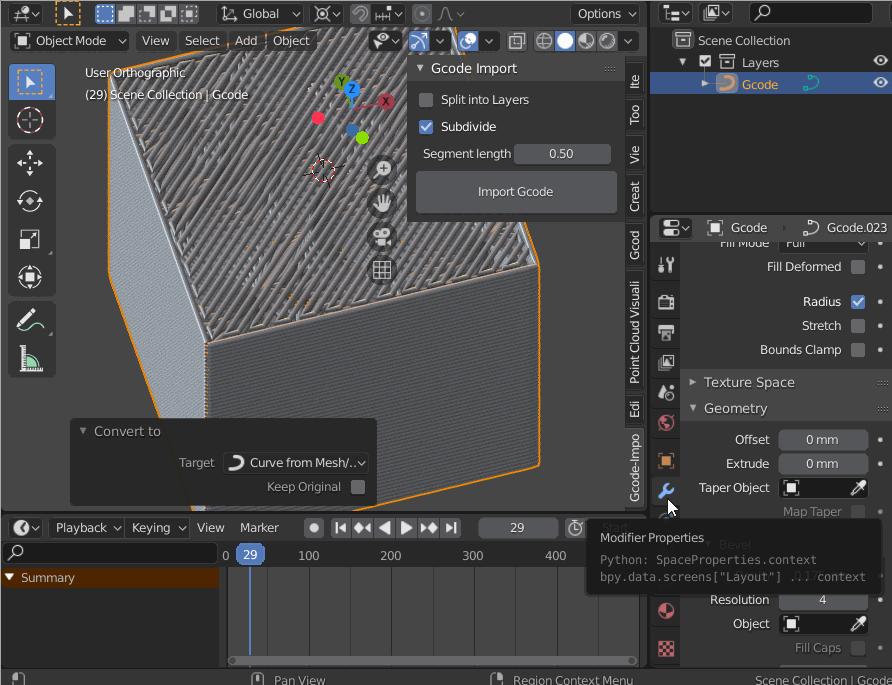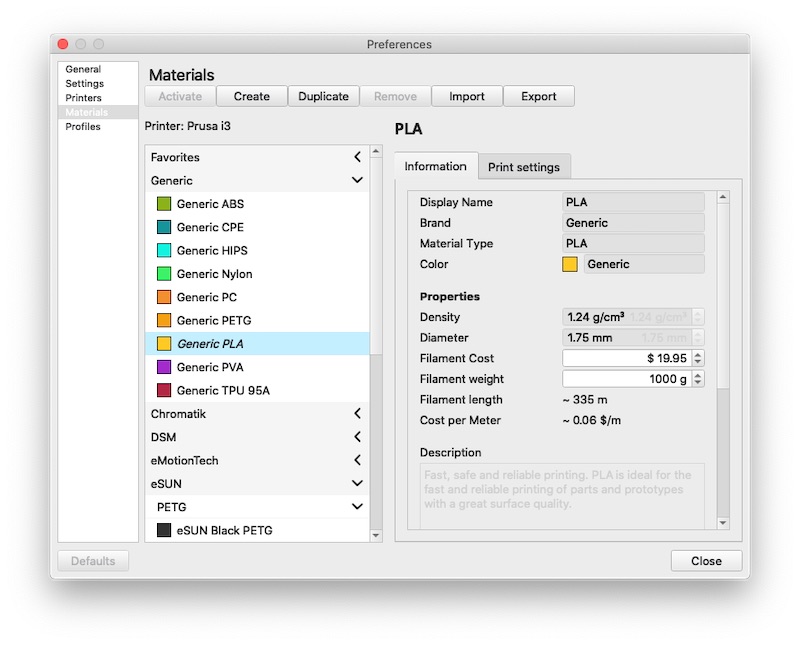

What are some advantages and disadvantages with printing in plastic or metal?Ī few advantages that come with printing with plastic filament is that the process is less expensive and an engineer can print an object in a short amount of time.
GCODE CONVERTER 3D PRINT SERIES
Additive manufacturing is in contrast to subtractive manufacturing, where the user starts with a piece of material, such as metal or plastic, and molds the object using a series of machining processes such as milling, grinding, cutting, or shaping.ĬAD model (above) and its corresponding CNC machined partĬopyright © 2018 FabrikaSimf, CC-BY-SA-2.0, Shutterstock (Additive manufacturing used interchangeably with the phrase 3D printing.) Using the specifications from the computer model, these special printers place layers of material- usually plastic, although technology is allowing the use of metal and other substances for 3D printing-over each other until the object is built.

Prompt a teacher-led discussion with the following questions:Īdditive manufacturing is a phrase used to describe using a computer-generated 3D model to create a solid object using a 3D printer. Explain how a 3D printer uses x, y, z coordinate points to create an object from a CAD model.Īn understanding of the basics of engineering drawing, such as orthographic views or CAD modeling, basic geometric principles including x, y, z coordinates and computer skills.Write G-code to program a wireframe model.Calculate distance and convert distance into x, y, z coordinate points.Discuss how the 3D printing process works as well as the various types of 3D printing that are currently used in the manufacturing industry.3D printing has also allowed engineers to create complex geometry that traditional machining methods would not allow because of machine constraints.Īfter this activity, students should be able to: These advancements improve the prototyping process and make it faster and less costly for engineers to design and test a part. The successful implementation of CNC machining in the subtractive manufacturing realm has led engineers to apply the same concepts to 3D printing, also known as additive manufacturing. These technologies allow engineers to design products that can be manufactured at a faster rate and at an unprecedented scale. This engineering curriculum aligns to Next Generation Science Standards ( NGSS).Īdvances in manufacturing incorporate various technologies that operate the machining processes that produce various products.
GCODE CONVERTER 3D PRINT HOW TO
Within this activity, students also learn how to program using basic G-code to create a wireframe 3D shapes that can be read by a 3D printer or computer numerical control (CNC) machine. The activity takes students through a step-by-step process on how a computer can control a manufacturing process through defined data points. Students learn the basic principles of how a computer-aided design (CAD) model is converted to a series of data points then turned into a program that operates the 3D printer. First, students learn what considerations to make in the engineering design process to print an object with quality and to scale. Students learn how 3D printing, also known as additive manufacturing, is revolutionizing the manufacturing process.


 0 kommentar(er)
0 kommentar(er)
